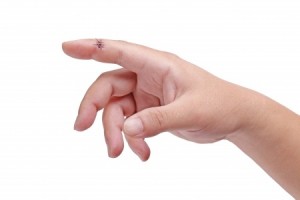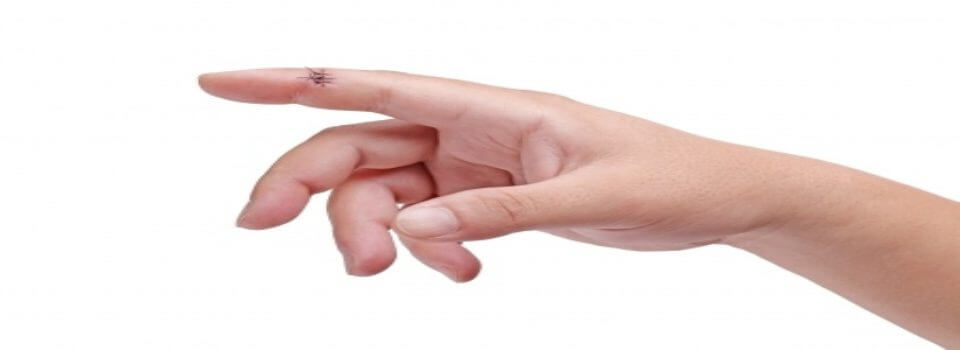 It’s usually triggered by an injury, which can be as small as a paper cut or minor bruise. What follows is a misfiring of the nervous system.
It’s usually triggered by an injury, which can be as small as a paper cut or minor bruise. What follows is a misfiring of the nervous system.
What is it?
Complex regional pain syndrome (CRPS) is a condition that occurs constantly for a long period and is thought to be the effect of central or peripheral nervous system dysfunction. Sufferers of CRPS experience pain, swelling, or stiffness in the hand or foot.
What causes it?
Unfortunately, the causes of the condition are not known. It’s usually triggered by an injury, which can be as small as a paper cut or minor bruise. What follows is a misfiring of the nervous system, which begins sending frequent or even constant pain signals to the brain. This overactive functioning can result in severe pain or burning sensations, sometimes accompanied by swollen or discolored skin.
It may start after a minor injury, but can also begin after surgery or a more serious injury. Though it is most commonly experienced by adults between the ages of 25 and 55, people of all ages may be affected. However, we know that women are three times more likely to get it than men.
What are the symptoms?
The main CRPS symptom is severe pain that is disproportionate to the injury. It affects the extremities most often and is usually accompanied by these symptoms: burning sensation, skin sensitivity, differences in skin temperature and texture, skin discoloration, joint swelling in stiffness, nail and hair pattern changes, and motor difficulty. Though the causal injury may have affected the toe or finger alone, some patients begin to feel pain in the whole leg or arm, or even both arms or legs, including the side that was unaffected by the initial injury. The condition may be worsened by emotional stress.
How do we diagnose it?
There isn’t a test specific to CRPS, but your doctor can make a diagnosis through observing symptoms and getting a medical history of the patient. Other tests, such as MRI, EMG/NCV, x-rays, thermography, bone scans, or pain imaging, may be helpful as well. If you suspect that you may have CRPS, it’s best to get it diagnosed and treated as early as possible to increase recovery prognosis.
How is it treated?
There are various treatment options available which depend on symptom severity and patient history. Treatment of sleep disorders and psychological issues, as well as aerobic conditioning, can also be helpful in treatment of CRPS. Though there isn’t one simple cure for the syndrome, there are treatments which can relieve pain, allowing patients to continue their normal lives and improve hand or extremity use. All patients respond differently to treatment of CRPS. Some may experience spontaneous improvement, while others see debilitating and irreversible changes despite application of treatments.
The following treatments can be used alone or in combination:
- Occupational or physical therapy – Increasing exercise, with a focus on motion, can help bring back hand mobility and function. Aerobic activity, in general, is very effective in improving sleep, pain management and coping strategies.
- Psychotherapy – Anxiety, depression or post-traumatic stress disorder can be common, and a qualified psychiatrist/psychologist can treat patients to help them improve coping abilities and motivation, as well as address any possible issues with substance dependency.
- Nerve blocks – Patients may be significantly helped by nerve blocks, in which nerves are numbed by the use of a local anesthetic. When pain is relieved, it may become easier to treat psychological issues.
- Medication – Several drugs may be employed to treat CRPS and the other conditions often associated with the syndrome, such as sleep disorders, anxiety and depression. Useful medications include anti-seizure drugs, antidepressants, topical analgesics, muscle relaxants, corticosteroids, opioids, and sleeping medications.
- Surgery – If the CRPS is being caused by a compressed nerve, surgery can be used for pressure relief.
- Other – Various other treatment options exist, such as intrathecal drug pumps, which continuously inject pain medications into the area around the spinal cord. Electrotherapy (ECT) and deep brain stimulation may also be used. New treatment options continue to become available as we learn more about this condition.


